In this picture we can see the light coming straight to the object. Then you could also see the shadow of the object. In the back of the object the light seems to be dimming out. You can deffinetly see from what side the light is coming from.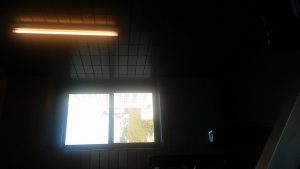
This picture shows the light standing out. Around the light although you can see the shadow and contrast of darkness. Towards the top and bottom there is a dark highlight of light. You can see where the light source is coming from. The light and the dark come together to make shadow appear most.
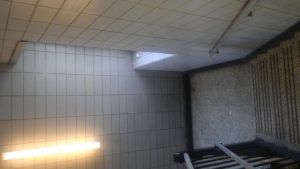
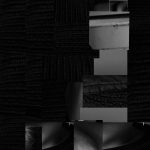
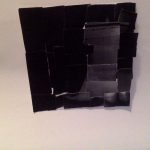

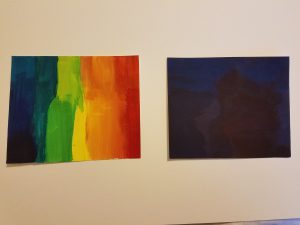


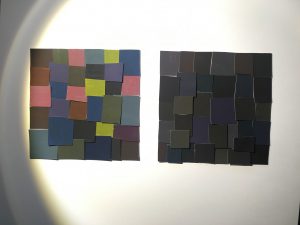

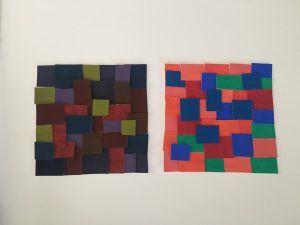





Recent Comments